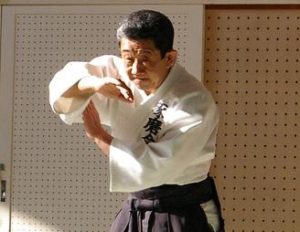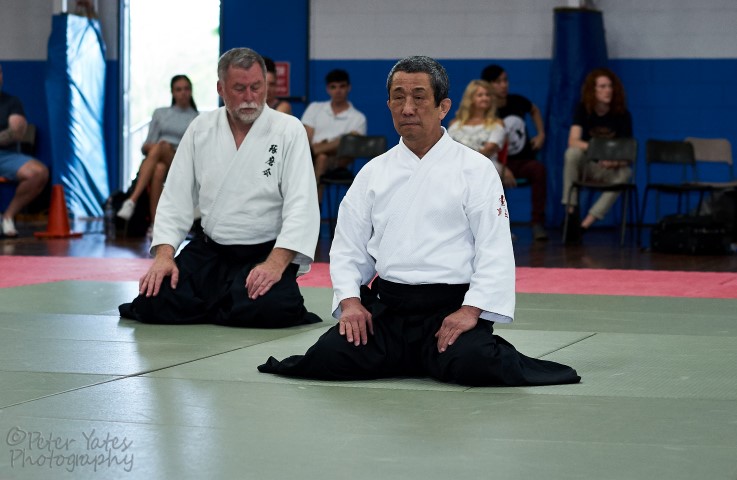
Kawabe Shihan
Many self-defence and martial art systems rely heavily on speed and power. Most commonly they consist of hard punches, kicks and other strikes and blocks. Ordinary jujitsu also often relies on strength and body hardening for grappling and takedowns. All of these approaches are effective if you are faster or stronger than your opponent.
Aiki Jujutsu requires the practitioner to be relaxed and supple, to utilise the aggressive attack of opponents to unbalance and control them. There is a science to the art of unbalancing an opponent that when understood allows even the strongest attacks to be reversed. In Aiki Jujutsu you are in control of the attacker. Aiki Jujutsu does not rely solely on striking or other blunt force trauma to stop an attack. Through harmonisation and the application of Aiki the practitioner is able to respond naturally and appropriately to a range of threat levels utilising evasion, redirection, locks, throws and pins. This Aiki approach provides a much higher level of control for a range of threatening situations than just the ability to punch, kick and block or grapple.
Takumakai Daito-ryu also provides the dedicated practitioner with a path for self-improvement. This side of martial arts is seldom discussed because it represents a very personal journey of self-discovery. Through the constant challenges that one must face and overcome and through the support of dedicated instructors and fellow students, serious practitioners will continue to develop mind and body coordination and awareness and internal strength as long as one continues to practice.


Comments are closed